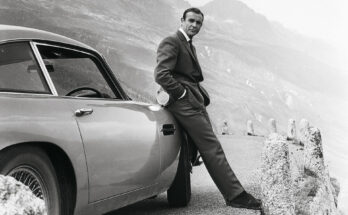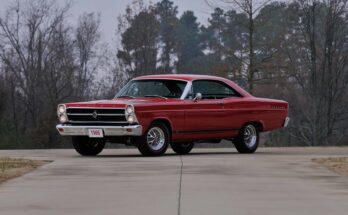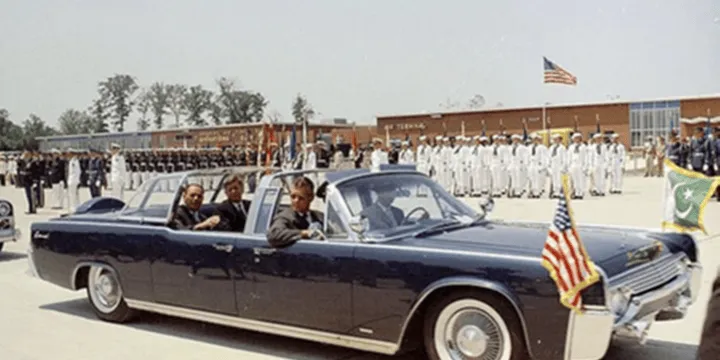
The Lincoln Continental 100-X, also known as SS-100-X, was the presidential limousine used by John F. Kennedy on November 22, 1963, when he was assassinated in Dallas, Texas. Below is an overview of the vehicle’s history, its role in the event, and the reasons behind Kennedy’s assassination, based on historical accounts and available evidence.
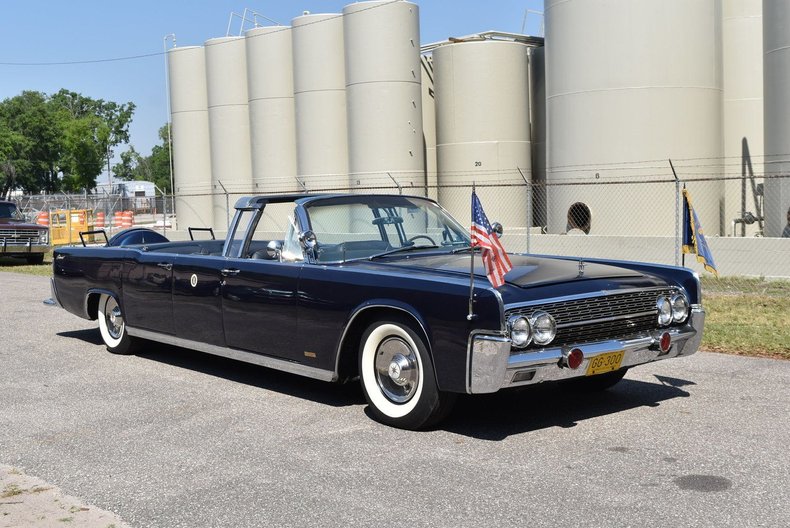
The Lincoln Continental 100-X: Background and Features
- Origin and Design: The SS-100-X was a customized 1961 Lincoln Continental four-door convertible, built by Ford Motor Company at its Wixom, Michigan plant and modified by Hess & Eisenhardt in Cincinnati, Ohio. The White House leased it from Ford for $500 annually, despite its $200,000 modification cost (compared to the stock model’s $7,347 retail price). Modifications included:
- Removable steel and transparent plastic roof panels (not bulletproof).
- A hydraulic rear seat to elevate the president for better visibility.
- Features like two radio telephones, a siren, flashing red lights, and retractable steps for Secret Service agents.
- The car was updated with a 1962 model grille and “sombrero”-style wheel covers in 1963.
- Codename: The Secret Service designated it SS-100-X or X-100, reflecting its role as a presidential parade vehicle.
- Use on November 22, 1963: On the day of the assassination, Kennedy requested the roof be left off due to clear weather, prioritizing public visibility during the Dallas motorcade. The bubble top, even if used, was not bullet-resistant and would not have prevented the tragedy.
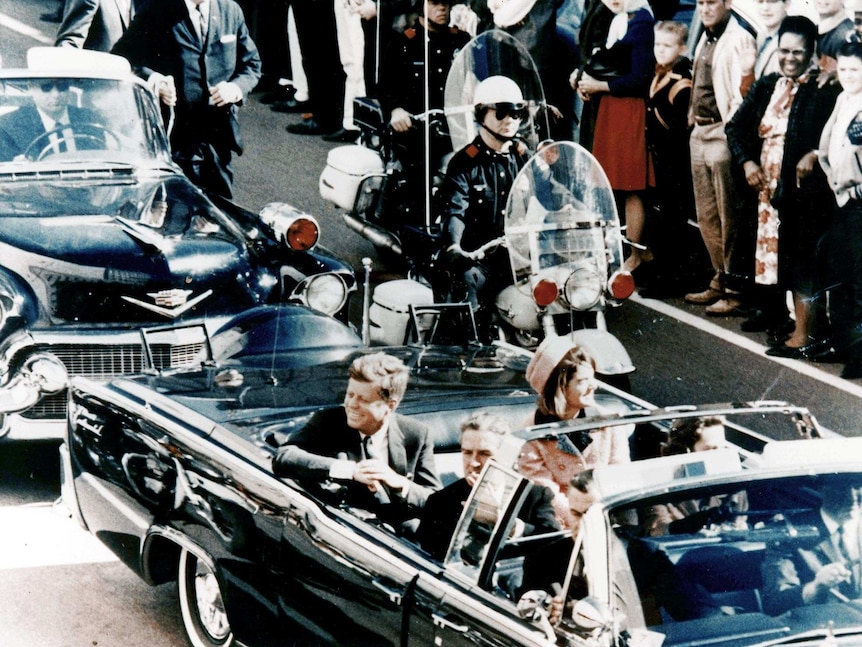
The Assassination of John F. Kennedy
- Event: On November 22, 1963, Kennedy was shot while riding in the SS-100-X during a motorcade through Dallas. The Warren Commission, established to investigate the assassination, concluded that Lee Harvey Oswald acted alone, firing from the Texas School Book Depository. Kennedy was struck by two bullets, one fatally wounding him in the head.
- Aftermath: The limousine was impounded for evidence and later rebuilt with enhanced security features, including titanium armor plating, bulletproof glass, and a permanent roof. It remained in service until 1977, used by Presidents Johnson, Nixon, Ford, and Carter, before being retired and donated to The Henry Ford Museum, where it remains a popular exhibit.
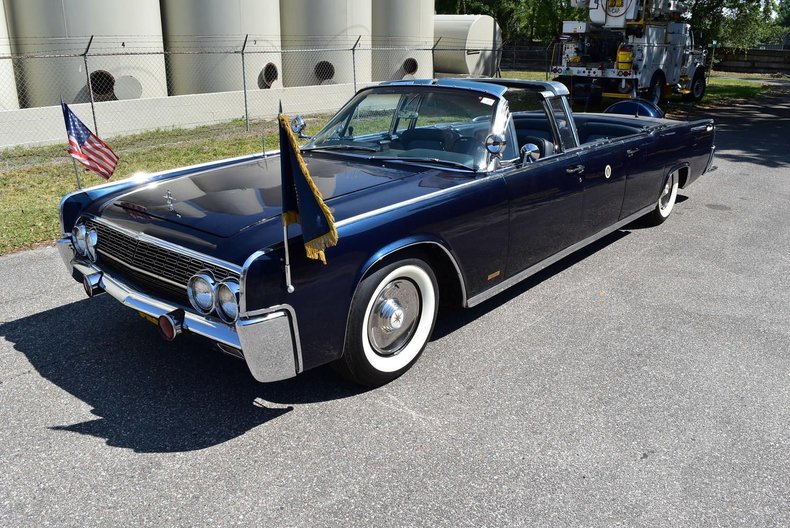
Why Was Kennedy Killed?The reasons behind Kennedy’s assassination remain a subject of intense debate, with the official narrative and alternative theories offering different perspectives:
- Official Narrative (Warren Commission): Lee Harvey Oswald, a former Marine and Soviet defector, acted alone, motivated by personal grievances and ideological leanings. His Marxist sympathies and dissatisfaction with American society are often cited, though no definitive motive was established. The Commission found no evidence of a broader conspiracy.
- Conspiracy Theories: Numerous theories suggest involvement of groups like the CIA, Mafia, anti-Castro Cubans, or even elements within the U.S. government. These stem from:
- Kennedy’s policies, including his push for civil rights, negotiations with the Soviet Union, and perceived opposition to the military-industrial complex.
- Alleged tensions with powerful interests, such as his refusal to fully commit to the Bay of Pigs invasion or escalate in Vietnam.
- Discrepancies in evidence, like missing radio transmission tapes from the motorcade, which some speculate could contain clues about additional shooters.
- Public fascination with these theories persists due to unanswered questions, such as the whereabouts of the motorcade’s radio tapes.
- Connection to Lincoln: Some note symbolic parallels between Kennedy and Abraham Lincoln, both assassinated in venues linked to Ford (Lincoln at Ford’s Theatre, Kennedy in a Ford-built Lincoln). These are largely coincidental and not indicative of a deeper connection.

The “Secret Story” ContextThe term “secret story” likely refers to the intrigue surrounding the SS-100-X and the assassination, fueled by its historical significance and unanswered questions:
- Mysteries and Oddities: The car’s radio transmissions, potentially capturing the assassination’s sounds, are missing, and their whereabouts remain unknown, as noted by Sixth Floor Museum curator Gary Mack.
- Cultural Impact: The SS-100-X, dubbed the “death car” by the press, became an enduring symbol of the tragedy, drawing visitors who leave flowers at The Henry Ford Museum annually on November 22.
- Security Changes: The assassination prompted a overhaul of presidential vehicle design. The rebuilt SS-100-X and subsequent limousines, like “The Beast,” prioritized armor and security over visibility, reflecting a shift in Secret Service protocols.

